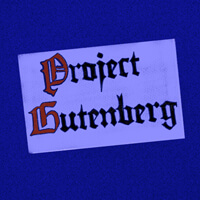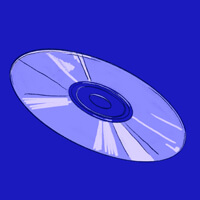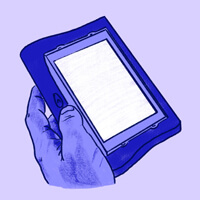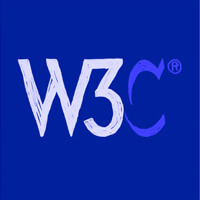1971

Project Gutenberg is founded as a volunteer effort to digitize and archive cultural works and to encourage the creation and distribution of e-books.

Readers with print disabilities can access e-books on computers, or mobile devices using various assistive technologies, including screen readers, refreshable braille displays, or screen magnification software. When e-books are "born accessible," it means that all readers can access the content at the time of publication. This is beneficial for readers with print disabilities, who don't have to wait for an alternate format of the book they want to read. (Inclusive Publishing, 2019).
In 1912 American psychologist Edward Lee Thorndike foreshadowed e-books with this quote from Education, a first book (p. 165) "If, by a miracle of mechanical ingenuity, a book could be so arranged that only to him who had done what was directed on page one would page two become visible, and so on, much that now requires personal instruction could be managed by print".
UNICEF - Accessible Textbooks for All has published a timeline of digital publishing and accessibility.

Project Gutenberg is founded as a volunteer effort to digitize and archive cultural works and to encourage the creation and distribution of e-books.

The Voyager Company pioneers "expanded books" on CD-ROMs.

The launch of the Rocket e-book and SoftBook begins the era of dedicated e-book readers. These e-books help to establish the standards for EPUBlications, even though they lacked many of today's accessibility features.

The International Digital Publishing Forum (IDPF) is created to involve stakeholders in electronic publishing and find agreement on digital publishing guidelines. The dominant format to emerge is EPUB, used in real world publishing and distribution.

The UNICEF Disabilities unit in New York launches its Accessible Digital Textbooks initiative to make textbooks available, affordable, and accessible for children with disabilities in all contexts.

The IDPF merges with the world World Wide Web Consortium (W3C), signalling a shift in the era of EPUB-dominated digital publishing towards a web-focused approach, where the best of packaged books (EPUBs) and the flexibility of the web (browser-based solutions) come together. This new paradigm is called portable web publications (PWP) or, in some cases, packaged web publications. The new format differs from EPUB in that it is immediately accessible in any browser and does not require a specialized EPUB "reader" application to view.

W3C has a working group developing conformance requirements for verifying the accessibility of EPUB® Publications noting that publishers not currently producing accessible content are encouraged to begin updating their production processes to meet the requirements of EPUB Accessibility 1.0 while this specification is being developed.
"Accessibility is a two-part problem," says Nick Hilton, an accessibility specialist who advocates for equitable access to digital content. "It's a technical problem, and it's a mindset and attitude problem." Hilton believes that the technical aspects of accessibility are the easy parts to fix. The harder part is the attitude and mindset problem to which they're tethered. The best, most future-proof and robust technological solutions will only come about if the people creating them see, value, and care about accessibility and include people with disabilities in their process. Creating born-accessible mindsets is the key to driving change, according to Hilton.
Hilton got his start in academic publishing with a focus on e-book production and became increasingly interested in accessibility. He graduated with honours from Mohawk College's Accessible Media Production program and is CPACC (Certified Professional in Accessibility Core Competencies) certified. He has also worked in trade publishing, taught content management at Centennial College, and serves as a member of the eBOUND Canada Board of Directors.
Nick Hilton currently works in web accessibility for Fable, a company that helps businesses make their web products more inclusive. Hilton's hopes for the future of book accessibility include increasing knowledge within the industry, e-book devices that will keep up with e-book accessibility features, and vice versa, and leveraging emerging technologies like smart watches and VR.